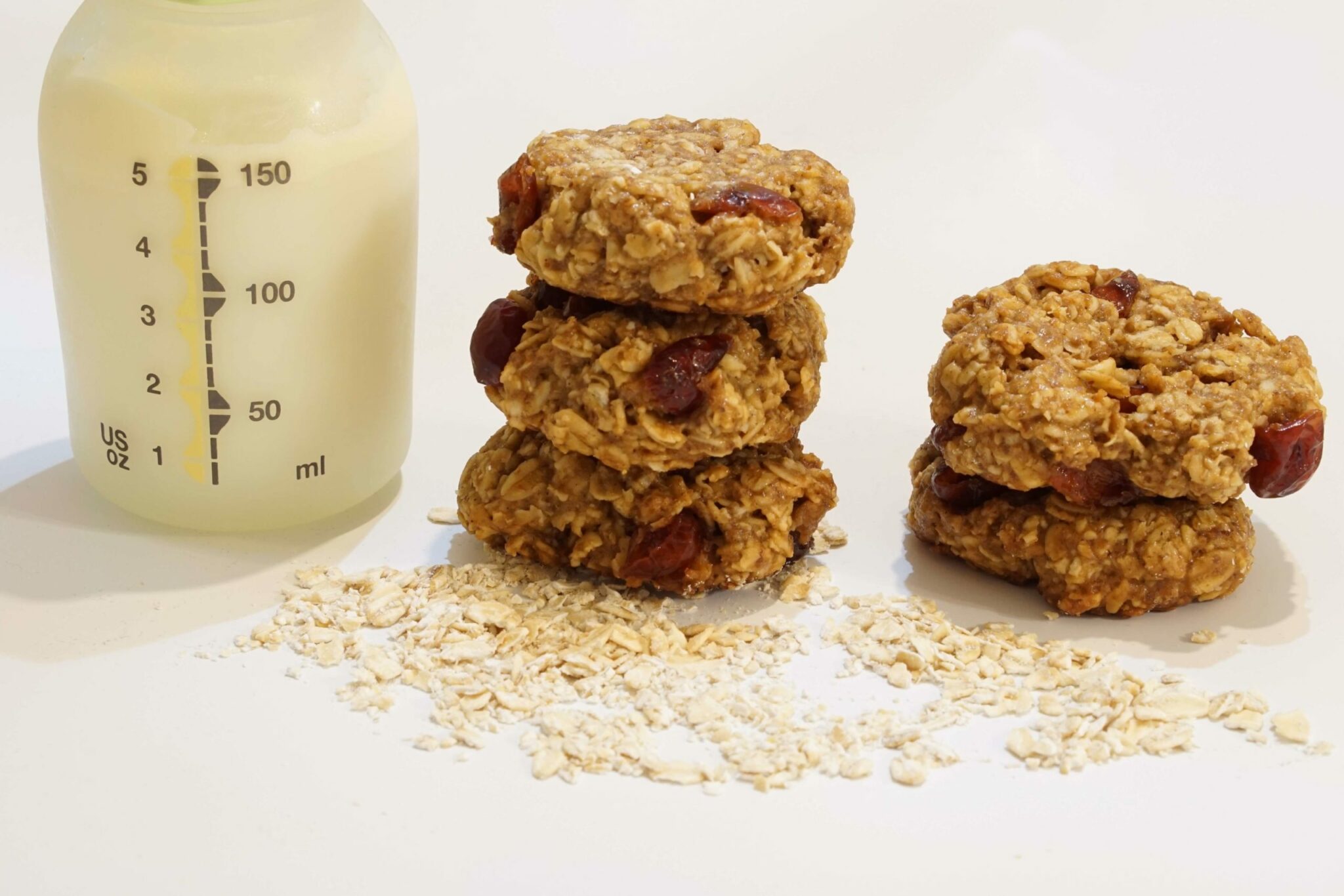3 طُرُق لزيادة إنتاج الحليب

Following childbirth, many women that wish to breastfeed worry about their milk supply. Milk production is regulated by the hormones prolactin and oxytocin, which start working mid-way through pregnancy; however, once the baby is born, on-going production comes from consistent and regular removal of the milk from the breasts.
Therefore, the single best way of improving milk supply is to feed, or express, often. The first few days after delivery are critical for establishing milk secretion and this is the time at which many women who are struggling with breastfeeding decide to switch to formula feeding.
There are options for increasing milk supply and for those women who are struggling with breastfeeding, it may be worth trying these before switching to an entirely formula-based diet.
1. Seek professional help
Prior to attempting pharmacological methods or herbal remedies try speaking to an expert. Your gynaecologist or midwife should be able to put you in touch with a local lactation specialist. These women are trained to offer advice and counselling. They can evaluate whether your breastfeeding challenges are physical (for example, poor positioning, latching difficulties, baby tongue tie) or emotional (usually due to fluctuating hormone levels after giving birth). Their role is to support and encourage, and it is essential that if they do not do this, you find somebody else, who does.
2. Pharmacological galactogogues
A galactogogue is a substance administered to enhance milk supply. To date, there have been no drugs approved solely to enhance lactation. The medications that are prescribed are usually licensed for other purposes and used ‘off label’. That does not mean they are unsafe; as licensed drugs, they will have undergone extensive safety testing and, when prescribed to assist with lactation, they are given at a significantly lower dose than that normally recommended.
Domperidone is an antiemetic, sometimes given to infants with severe gastrointestinal reflux. Domperidone stimulates the release of prolactin, which is one of the hormones that regulate milk production. When given at a dose of 10 mg, three times a day, there is a modest increase in milk production; generally of between 80 and 100 mL a day.
There is an association between domperidone and cardiac arrhythmias and, in very rare cases, sudden cardiac death. Therefore, women with a history of heart complications should be advised against the use of this drug. It does not cross the blood-brain barrier, meaning there is no risk of neurological side effects, and the dose that passes into breast milk is extremely low. Given for the first few weeks post delivery, it is moderately successful at enhancing milk supply, but longer term studies on its efficacy are lacking.
Metoclopromide is an alternative medication sometimes used to stimulate milk production. Like domperidone, it’s primary usage is to prevent nausea and vomiting, but it also increases prolactin levels. Unlike domperidone, it crosses the blood-brain barrier and can cause quite severe neurological side effects, such as tremor and bradykinesia (slowness of movement).
Most studies on this drug have failed to find a significant increase in milk production. More of the drug passes into the breast milk, although levels are still well below those given therapeutically to infants with stomach complaints. The side effects and lower efficacy mean that, generally, domperidone is preferred over metoclopromide for improving lactation.
It is recommended that when medication is prescribed, women continue to feed and pump milk regularly to further enhance their supply.
3. Herbal galactogogues
Perhaps the best known non-pharmacological method of boosting milk supply is via the consumption of lactation cookies (or brownies, or lemonade, depending on personal preference). These can be homemade or shop-bought; however, the latter often come with a high price tag and indiscriminate ingredients, meaning their effectiveness may be questionable. It is the individual ingredients within lactation products that give them their proposed galactogogue properties.
The most widely known herbal remedy for enhancing milk supply is fenugreek seeds. As well as being a key ingredient in lactation cookies, these seeds can be consumed in capsule form or dissolved to make a tea. Fenugreek seeds have been used extensively as a cooking spice across India and the Middle East for many years. They stimulate sweat production and, as the mammary gland is a modified sweat gland, it is proposed that they stimulate this gland to produce milk.
The evidence for their efficacy is inconclusive and mainly anecdotal, although they do seem to have a mild galactagogue effect and many lactation consultants will recommend them. A dosage of 1 – 6 grams a day is recommended and side effects are generally minor, diarrhoea and flatulence being amongst the most common. At high doses, fenugreek can lower blood sugar levels, so it is suggested that women with diabetes mellitus do not use it.
There are other herbal options which include shatavari root, malunggay leaves and silymarin (65-80% milk thistle extract). Malunggay is widely used as a galactogogue in the Philippines and thistle extract is another common ingredient in lactation cookies. However, the scientific evidence for their beneficial qualities is lacking. There are very few studies, and the results are variable and inconclusive.
Herbal products do not need to undergo the same rigorous testing as other food and drink products. This means they are not regulated by government bodies and do not need to be tested on humans prior to being sold. The safety profiles of herbal products may not be as well established as conventional medication, however, many, including fenugreek seeds, have a long history of use in cooking and medicine, and therefore, are generally considered to be very safe and well tolerated.
In conclusion, adequate support, on both an emotional and practical level as well as frequent feeding (or expressing) are the best ways of boosting milk supply. Medical and herbal products seem to show some beneficial effects, however, the scientific evidence for their usage is limited and often restricted to short-term studies.
Nabta is reshaping women’s healthcare. We support women with their personal health journeys, from everyday wellbeing to the uniquely female experiences of fertility, pregnancy, and menopause.
Get in touch if you have any questions about this article or any aspect of women’s health. We’re here for you.
Seek more advice from at-home lactation consultation and get to learn more
Sources:
- Asztalos, E V. “Supporting Mothers of Very Preterm Infants and Breast Milk Production: A Review of the Role of Galactogogues.” Nutrients, vol. 10, no. 5, 12 May 2018, doi:10.3390/nu10050600.
- Bazzano, A N, et al. “A Review of Herbal and Pharmaceutical Galactagogues for Breast-Feeding.” The Ochsner Journal, vol. 16, no. 4, 2016, pp. 511–524.
- Drugs and Lactation Database (LactMed) [Internet]. Bethesda (MD): National Library of Medicine (US); 2006-. Fenugreek. [Updated 2019 May 1]. Available from: https://www.ncbi.nlm.nih.gov/books/NBK501779/.
- Grzeskowiak, L E, et al. “Domperidone for Increasing Breast Milk Volume in Mothers Expressing Breast Milk for Their Preterm Infants: a Systematic Review and Meta‐Analysis.” BJOG, vol. 125, no. 11, Oct. 2018, pp. 1371–1378., doi:10.1111/1471-0528.15177.










